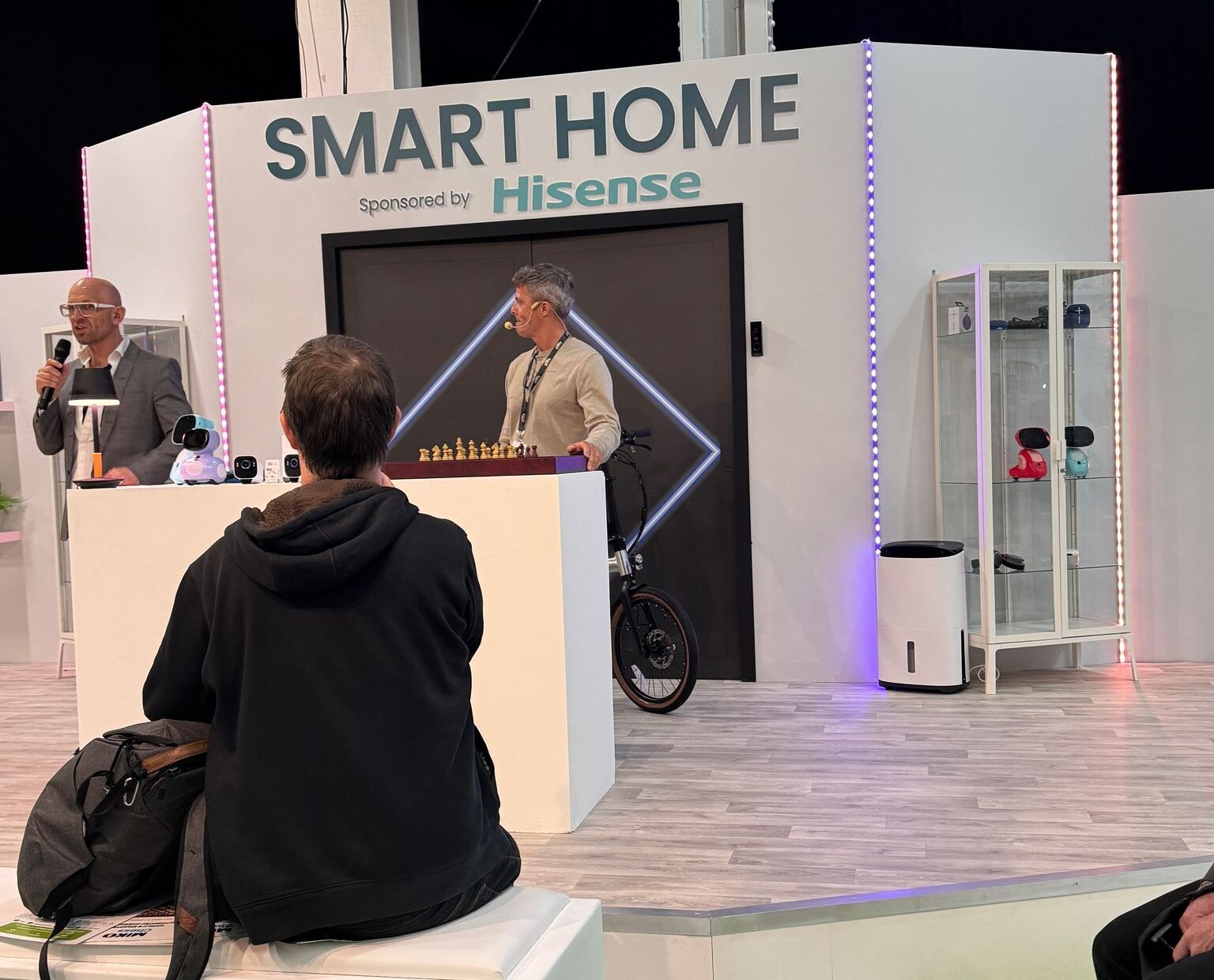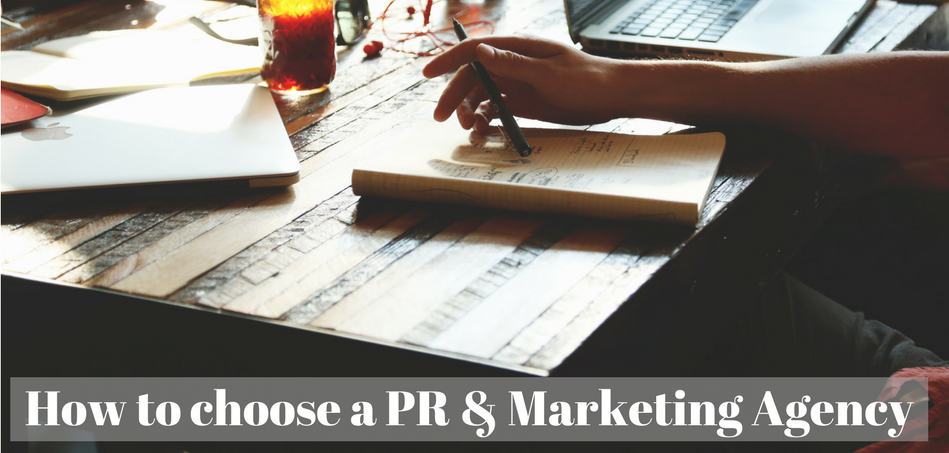Clueless on SEO, unsure of whether you should #FF or scratching your head at the prospect of writing a meta description? Fear not, as we have compiled the ultimate jargon free Social Media and Digital Marketing glossary, ensuring you have a better understanding of these rather technical terms! With Social Media & Digital Marketing becoming more useful and influential, it’s worth keeping up-to-date on these concepts!
Breadcrumbs – A navigation trail for somebody who visits your website, giving direction of how to return to the homepage from any given page, e.g. Homepage>About Us>Careers.
Direct Message (DM’s) – A method of contacting privately other Twitter users, often only achieved if there’s a mutual follow, yet, depending on privacy settings this isn’t always the case.
Embedding – incorporating an external web link into your digital platform which displays content from a different location. i.e. a video from YouTube, slides from SlideShare video or photo which is hosted outside of your publishing platform.
Engagement rate – a metric which shows the number of interactions with your digital content, i.e. visiting a webpage, clicking on a link, expanding a photo, likes, retweets, commenting: interacting in general. The higher the metric, the better the content!
Geotag – Twitter & Instagram allow people to ‘tag’ or pinpoint a location e.g. London, which involves the directional coordinates to be attached to content like a picture.
GIF – aka Graphics Interchange Format, a series of pictures or animation/clips from movies used to illustrate an emotion or even in response to a live event.
HTML – ‘Hypertext mark-up language’, programming language used to build and edit a website.
Impressions – the number of times content is viewed without it necessarily being searched or even clicked on.
Live streaming & live tweeting – delivering content over the internet in real-time, i.e. Periscope (Twitter) & Facebook Live. Tweeting, in real-time, live updates or events.
Meta description – description of your website or page which appears in the search results.
Ow.ly & bit.ly – tools that shorten the original URL of a webpage to considerably less characters. Highly beneficial to Twitter , where a maximum of 140 characters can be used in any post, which also includes analytics to determine click-through.
Promoted/sponsored content – content that is promoted and paid to appear by advertisers, in targeted publications or as the primary result from a search engine query. Often used to quickly raise the profile of a brand or product in association with a topic, keyword or service.
PPC – ‘Pay per click’, a fee is paid every time someone clicks on the advert.
Page rank – in a Google search ,it is where your page appears in relation to a relevant search query. Ranking is determined by Google’s algorithm which includes factors such as: relevance to search term, frequency of clicks, freshness of content, how long visitors spend on the page & HTML structure. Ideally, it’s best to ensure you appear on the first page of results, as 80% of searchers won’t click past the first page Page (reference?)
SEO – ‘Search engine optimisation’ is the practice of affecting the visibility of a website within search engines. Broadly speaking, methods to improve SEO can be categorised into two areas:
On-page SEO – Relevant, fresh, concise content which visitors spend time reading, and hopefully sharing, tells search engines that your page is valuable and your website is current. Seamlessly weaving keywords into well written content that loads quickly, is easy to navigate on any format, whether on a computer or mobile, helps with on-page SEO.
Search engines constantly crawl and index websites. Displaying quality content in a structured format that search engines recognise, improves ranking. So make sure page attributes such as meta descriptions, alt tags and sector titles are all present.
Off-page SEO – Simply put, this is the process of having links to your website from credible web sources. Search engines rank websites in terms of authority and relevance. This is where reviews, professional affiliations, PR, social media and customer endorsement online can be used to help boost your ranking. I.E. If you are a member of a trade organisation, have a link to and from their website.
Scheduling – using a social media platforms advanced functionality to schedule the publishing of content in advance, often used to target individuals in different time zones.
Trending topic – a list of the topics that are currently generating the most interest on social media. Clicking on the topic link reveals the most popular associated content.
We hope these explanations are helpful, if you are interested in other definitions do let us know!
At brookscomm we have over 20 years’ of PR expertise and a proven track record of success. We can aid you and your business, call us on 01483 537 890 or, alternatively, email us hello@brookscomm.com
Follow: Twitter: @brookscommUK Linkedin:brookscomm Website:www.brookscomm.com






